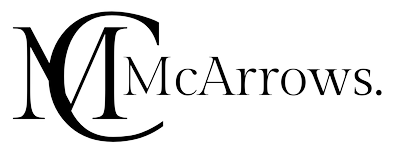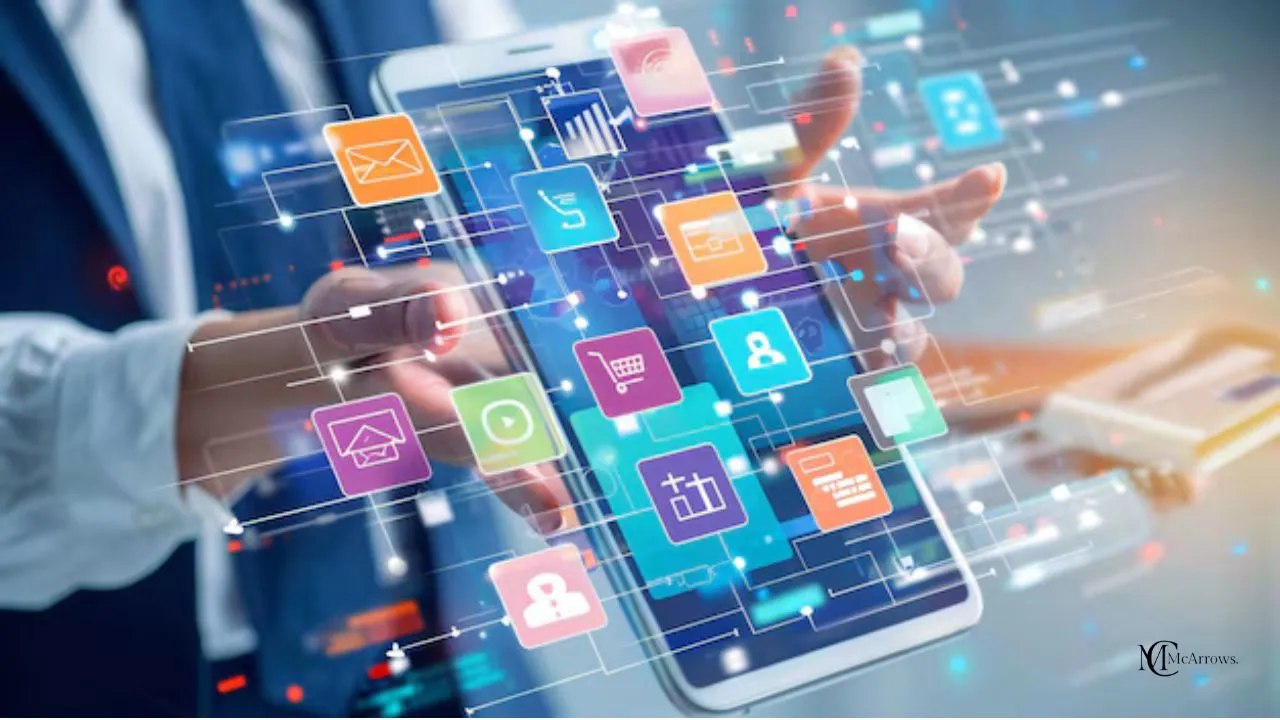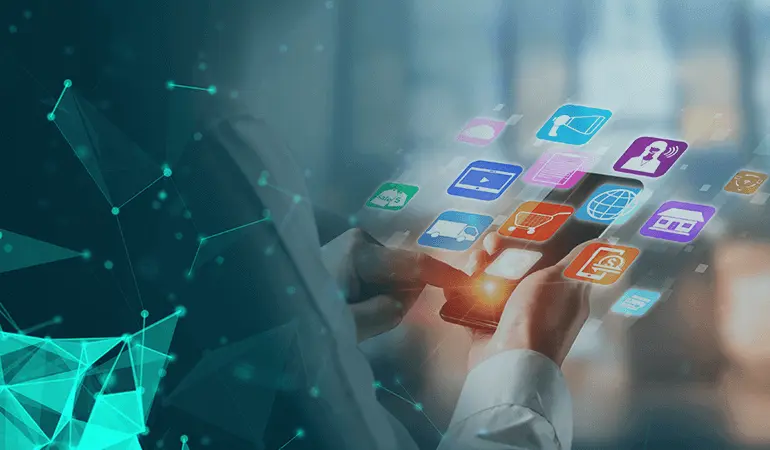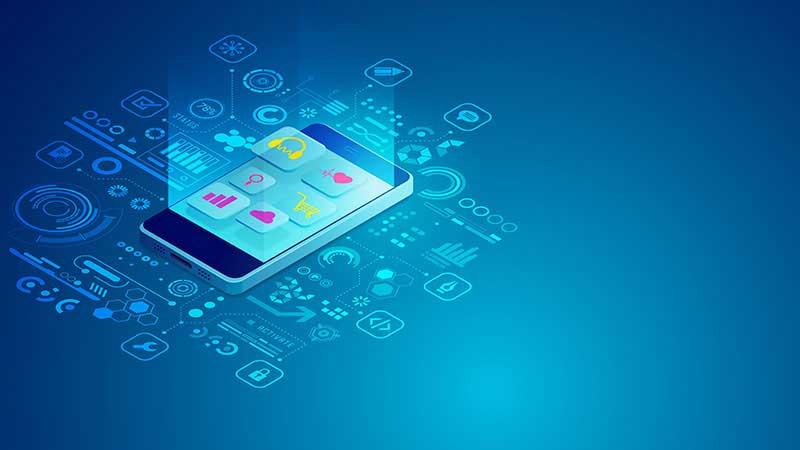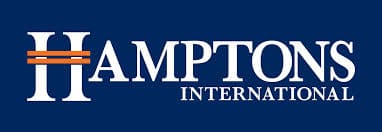Remote Patient Monitoring (RPM) is revolutionizing the healthcare industry by leveraging technology to monitor patients outside of conventional clinical settings, such as at home. This innovative approach not only enhances patient care but also offers numerous benefits to healthcare providers and the overall healthcare system. Here are the top nine benefits of Remote Patient Monitoring:
Table of Contents
1. Enhanced Patient Engagement and Compliance
RPM empowers patients to take an active role in their health management. By regularly tracking their vital signs and other health metrics, patients become more aware of their health status and are more likely to adhere to their treatment plans. This increased engagement leads to better health outcomes and a greater sense of responsibility for their own well-being.
2. Improved Chronic Disease Management
Chronic diseases such as diabetes, hypertension, and heart disease require continuous monitoring and management. RPM provides real-time data to healthcare providers, enabling them to detect any deviations from the normal health parameters early. This allows for timely interventions, reducing the risk of complications and hospitalizations.
3. Reduced Hospital Readmissions
Frequent hospital readmissions are a significant challenge in healthcare. RPM can help reduce these by monitoring patients after discharge, ensuring they are recovering well and adhering to their post-discharge instructions. Any signs of deterioration can be detected early, allowing for prompt action and preventing readmissions.
4. Cost-Effective Healthcare Delivery
By reducing the need for frequent in-person visits and hospitalizations, RPM significantly lowers healthcare costs. Patients save on travel expenses and time, while healthcare systems benefit from reduced strain on resources and facilities. This cost-effectiveness makes healthcare more accessible and affordable for a larger population.
5. Improved Access to Care
RPM bridges the gap between patients and healthcare providers, especially in rural or underserved areas. Patients who may have difficulty accessing traditional healthcare services can receive continuous monitoring and care without the need to travel long distances. This improves overall access to healthcare services and ensures timely medical attention.
6. Real-Time Data and Insights
RPM systems provide real-time data on a patient’s health status, allowing healthcare providers to make informed decisions quickly. This continuous flow of information helps in identifying trends and potential health issues before they become critical, enabling proactive and preventive care.
7. Personalized Care Plans
The detailed data collected through RPM allows healthcare providers to create personalized care plans tailored to the individual needs of each patient. This customization leads to more effective treatments and better health outcomes, as care plans are based on accurate, real-time data rather than occasional check-ups.
8. Increased Patient Safety
Patients with conditions that require close monitoring, such as those prone to sudden health deteriorations, benefit significantly from RPM. Continuous monitoring ensures that any critical changes in their health status are immediately detected, allowing for swift intervention and increasing patient safety.
9. Enhanced Quality of Life
Overall, RPM contributes to an improved quality of life for patients. They can maintain their independence and live comfortably at home while still receiving the necessary medical attention. The peace of mind that comes with knowing they are being monitored can significantly reduce stress and anxiety.
Conclusion
Remote Patient Monitoring is transforming the healthcare landscape by providing a more efficient, effective, and patient-centered approach to health management. The numerous benefits it offers highlight its potential to enhance patient care, reduce costs, and improve health outcomes.
FAQs
1. What is Remote Patient Monitoring (RPM)?
RPM is the use of technology to monitor patients’ health outside of traditional clinical settings, such as their homes. It involves the continuous collection and transmission of health data to healthcare providers.
2. How does RPM benefit patients with chronic diseases?
RPM allows for continuous monitoring of chronic conditions, providing real-time data to healthcare providers. This enables early detection of issues and timely interventions, reducing complications and hospitalizations.
3. Can RPM help reduce healthcare costs?
Yes, RPM can significantly lower healthcare costs by reducing the need for frequent in-person visits and hospitalizations. It also helps prevent costly medical emergencies by allowing for early intervention.
4. Is RPM suitable for rural or underserved areas?
Absolutely. RPM improves access to healthcare in rural and underserved areas by allowing patients to receive continuous monitoring and care without the need to travel long distances.
5. How does RPM enhance patient safety?
RPM enhances patient safety by providing continuous monitoring, which ensures that any critical changes in a patient’s health status are immediately detected, allowing for swift medical intervention.

CEO, McArrows
Leverages over seven years in tech to propel the company forward. An alumnus of Purdue and Amity, his expertise spans IT, healthcare, aviation, and more. Skilled in leading iOS and backend development teams, he drives McArrows’ technological advancements across diverse industries.

